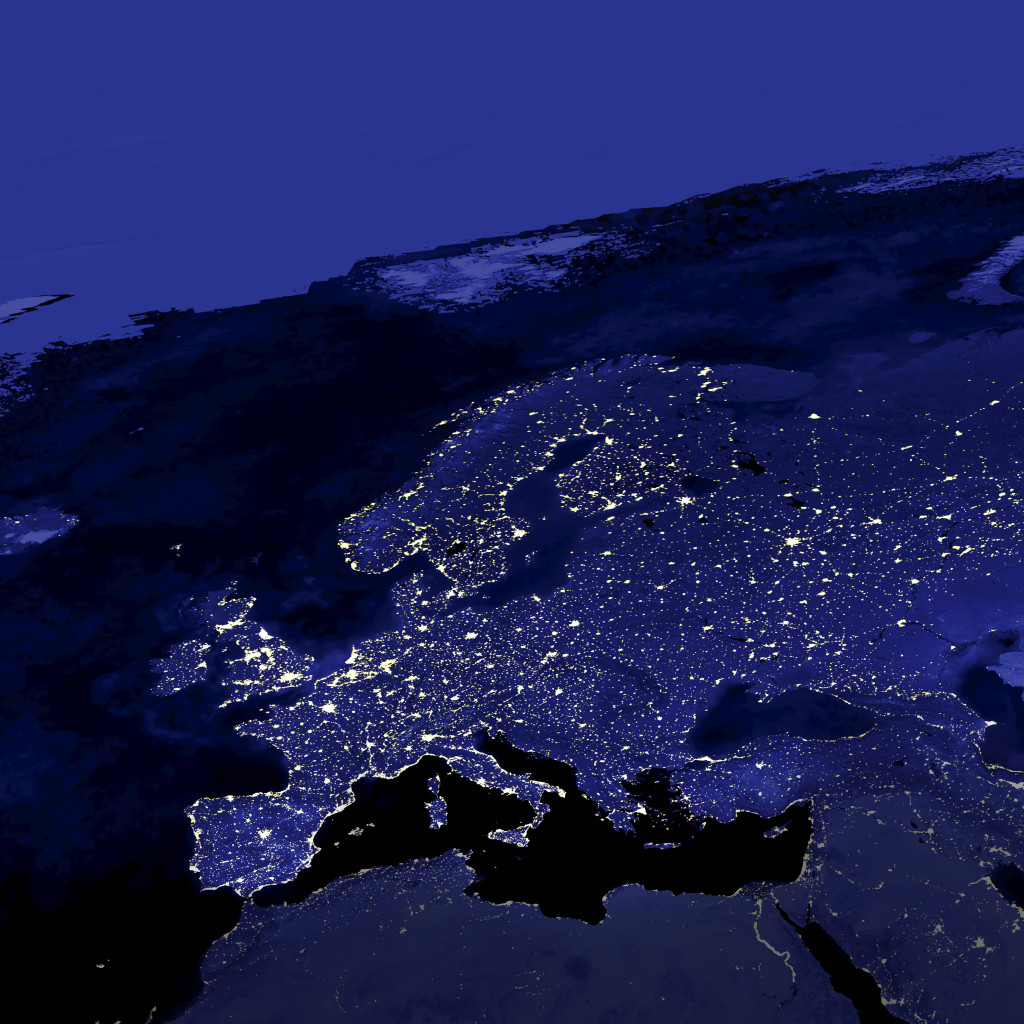A recent decision of the Metropolitan Appeal Court highlights differences between the limitation of patentee’s claims for damages arising from patent infringement and return of infringer’s profits. It has been established that the limitation period stays for the duration of the revocation proceeding against the patent for either claim, but the absence of the infringer’s sales data does not prolong the limitation period of the patentee’s damage claims, only the claims for the return of the infringer’s profit.
The lawsuit regarding the establishment of the infringement of the patent of a Hungarian individual against the Hungarian affiliate of an international sporting company has drawn much attention in Hungary in the past decade. For long years the patent infringement lawsuit was suspended due the revocation proceeding against the patent (bifurcation!) at the end of which the patent was maintained. Following this, the courts have established the infringement of the plaintiff’s patent by the sports company with final effect and the lawsuit has now matured to the phase where the court has to adjudicate the plaintiff’s claims for his damages (own lost sales and damage in his reputation) and for the return of the defendant’s profit arising from the distribution of the infringing football shoes. These are two separate types of pecuniary claims governed by subsections e. (return of infringer’s profits) and f. (claim for the patentee’s damages) of Article 35 (2) of the Patent Act respectively.
According to the history of the lawsuit, the inventor filed his original petition against the sports company in 2002 for the infringement of his utility model right from which later the presently suited patent was derived. In this original petition the establishment of utility model/patent infringement and further injunctive reliefs were claimed while it was stated that the right to the compensation of the plaintiff’s damages and to the return of the infringer’s profit was reserved, however, no quantified claim was instituted regarding either type of compensation (i.e. damages or return of infringer’s profit). Instead the plaintiff requested the provision of sales data related to the infringing sales from the defendant.
As in the meantime the sports company had challenged the patent, the Metropolitan Court suspended the infringement lawsuit in line with Hungary’s bifurcation system and resumed it only after the patent was finally upheld in September 2012. At this point (December 2012) the plaintiff presented a claim for the return of the sports company’s profits asking for a symbolic amount with the intention of further specifying it in light of the sales data yet to be obtained. Next, the infringement of the plaintiff’s patent by the sports company in various time periods between 2000 and 2004 was established and following the final judgment regarding the declaration of infringement the defendant provided sales data to the plaintiff related to the infringing distribution. Having received these data the plaintiff specified his pecuniary claims both regarding the infringer’s profit to be returned to him, as well his own damages (lost sales income and damage in his reputation) arising out of the unrealized commercialization of his patent.
The defendant had objected that all claims have prescribed and both parties argued extensively regarding this subject after which the Metropolitan Court made an interim decision regarding the limitation of rights. Procedurally this means that the trial will go on for the actual quantified pecuniary claims once this principle legal question is decided with final effect.
Acting as court of first instance, in the said interim decision the Metropolitan Court rejected the plaintiff’s claims for his own damages due to limitation but on the other hand established that the sports company shall return its profit arising from the patent infringement, as those claims have not yet prescribed.
In the motivation the court highlighted why the limitation period was calculated differently for the two types of claims. First of all it was emphasized that while claims for the establishment of patent infringement and certain reliefs cannot be limited, pecuniary claims prescribe in 5 years in line with the provisions of the Civil Code. In the present case the start of the limitation period was 1st March, 2004, that is the termination of the infringing activity. Under the Hungarian law certain acts may interrupt and restart the limitation, like the filing of a court claim in the subject while other circumstances make the limitation period stay provided that such circumstances effectively prevent the right holder from enforcing their claims.
In the present case the court first examined whether there was any act that interrupted and restarted the limitation period of the claims and established the absence of such. It was highlighted that the plaintiff’s repeated statements of reserving his rights did not qualify as interrupting acts in the absence of any actual submission of claims within the limitation period.
After this the court examined if there was any circumstance that caused the stay of the limitation period. In the court’s view the revocation proceeding against the patent in suit made the limitation period stay until March 2012 (end of the revocation proceeding). Under the Hungarian law, the petitioner gains an additional year after the end of the stay of the limitation period even if otherwise there would have been less than a year left. That means that the patent revocation proceeding prolonged the limitation of both claims (damages/return of profits) until March 2013.
The next question to decide was whether the absence of sales data – which were provided only in February, 2014 – regarding the infringing football shoes, further prolonged the stay of the limitation period. This is the point where the court treated differently the plaintiff’s claim for the compensation of his own damages from his claims for the return of the sports company’s profits made through the infringement.
The Metropolitan Court stated that the damages of the plaintiff, including his own lost sales or the damage of his reputation does not depend on the sales data of the infringer. Such damages should have been recognized and presented irrespective of these data, that is within one year after the end of the revocation proceeding, i.e. March 2013. The court established that the plaintiff failed to submit claims for damages within this deadline hence such claims have been limited.
On the other hand the court found that the final obstacle for the plaintiff to present his claim for the return of the infringer’s profits was indeed the absence of the sales data from the defendant. Namely, the infringer’s profits cannot be calculated by the patentee without knowing the infringer’s relevant sales figures. Relying on the date the defendant provided such data to the plaintiff, the plaintiff was to present his claims for the return of damages until February 24, 2015 which he complied with. Hence his claims have not been limited.
Both parties appealed the decision. In his appeal the plaintiff referred to the practice in the IP field that – reasonably – right holders first aim for the establishment of infringement and then pursue damages as a second phase once infringement is confirmed. He viewed that in fact he could not know if the sports company’s acts were unlawful before the court’s have established patent infringement. He further argued that without being confirmed about the infringement he could not have known if he suffered damages. Also he could not estimate his own lost sales before seeing the sales data of the sports company, so the absence of the infringer’s sales figures formed indeed an obstacle of presenting his claims for damages.
The argued that according to the judicial practice the stay of the limitation shall be applied exceptionally and the plaintiff was not in fact prevented from presenting his claims for the return of the infringers’ profit as he even submitted his quantified claims for the return of the profits in 2012 for a symbolic amount which he later modified in light of further evidence. In the sports company’s view the plaintiff used other evidence such as witness testimony to determine the amount of profits claimed which did not necessitate the sales figures, so the absence of the latter could not form an actual obstacle of enforcement and thus cannot be a reason for the stay of limitation.
The court of second instance rejected both appeals and sustained the decision. Regarding the stay of the limitation it highlighted that it has always has to be examined on a case-by-case basis whether the application of the stay of the limitation period is justified. In the present case it was not even disputed by the defendant that the revocation proceeding against the patent counted as a circumstance that caused the stay. The court of second instance highlighted that the end date of the stay was no the date of the final decision made in the revocation proceeding rather the date of the order of the court in the infringement lawsuit that resumed the infringement proceeding by summoning the parties for a new hearing.
Furthermore, the appeal court fully agreed with the guidelines laid down by the Metropolitan Court regarding the difference of limitation period for the claims for the plaintiff’s own damages and for the return of the infringer’s profit. It was confirmed that while the absence of the sales data of the infringer causes the stay of the limitation period the same thing is irrelevant in relation to the plaintiff’s own damages.
The Metropolitan Appeal Court’s interim decision is final, extraordinary judicial review is still available. The trial will continue at first instance regarding the quantification of the patentee’s claim in light of the final decision regarding the limitation.
Summary: Eszter Szakács, Sár and Partners

